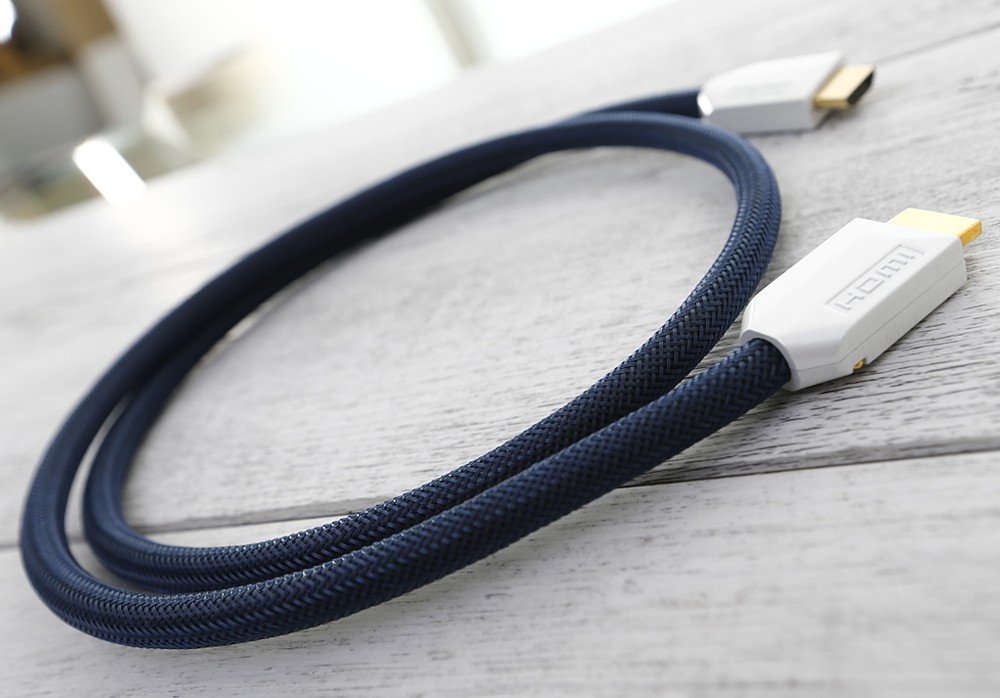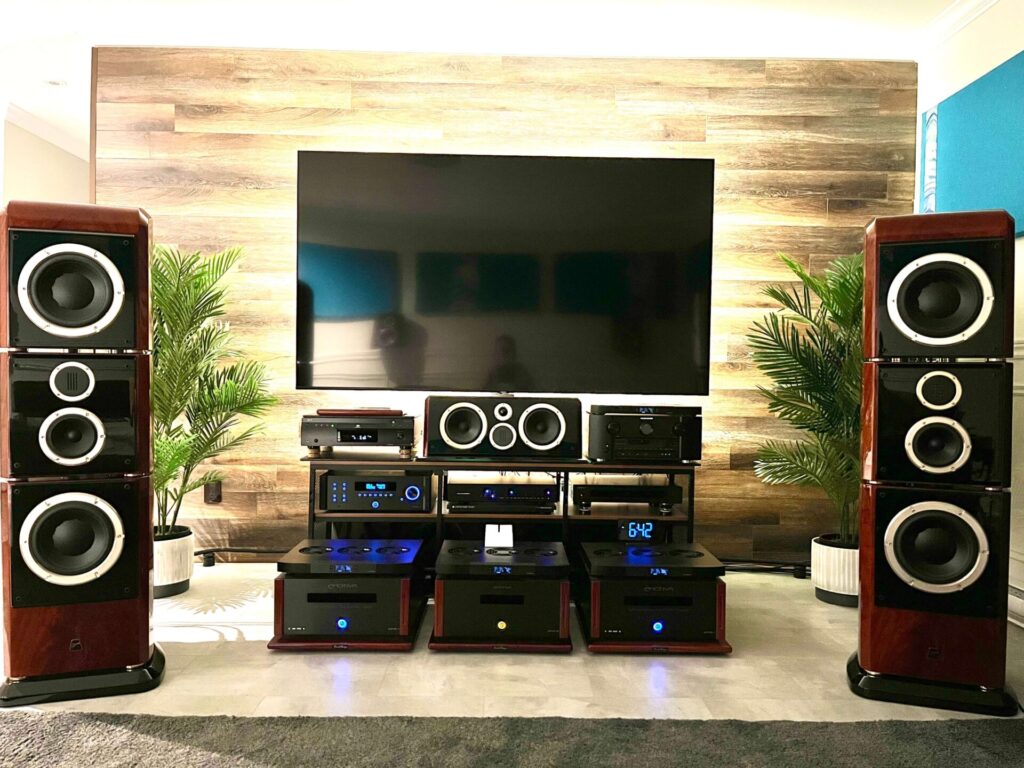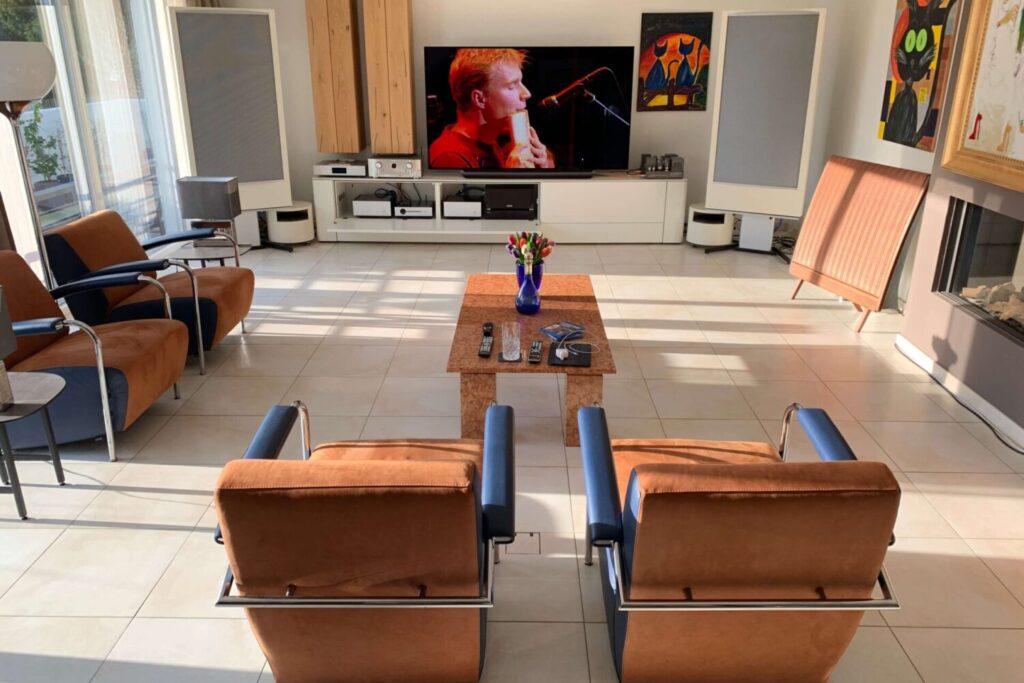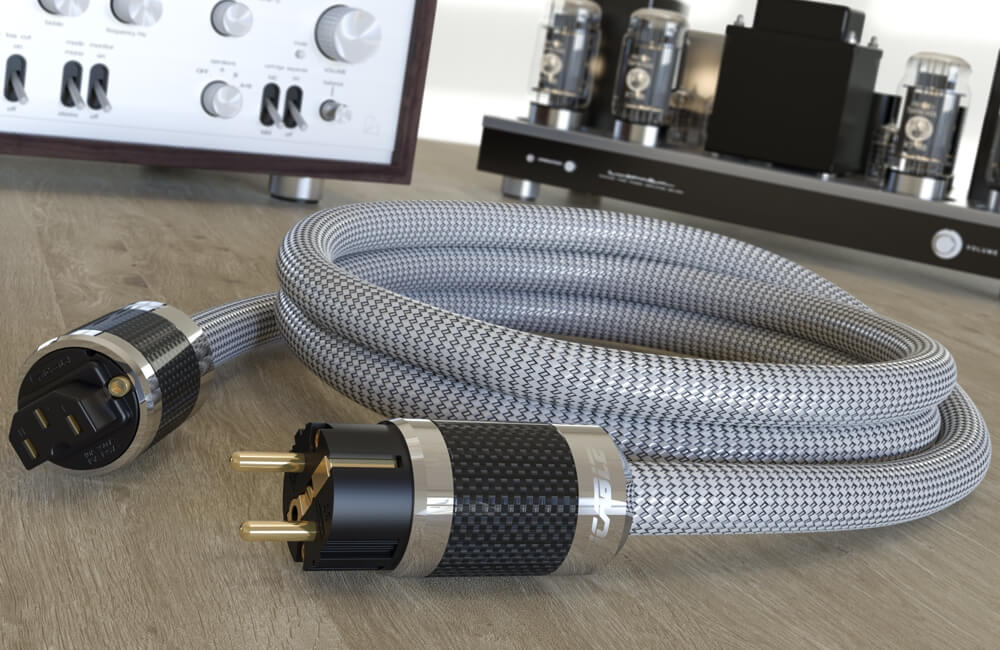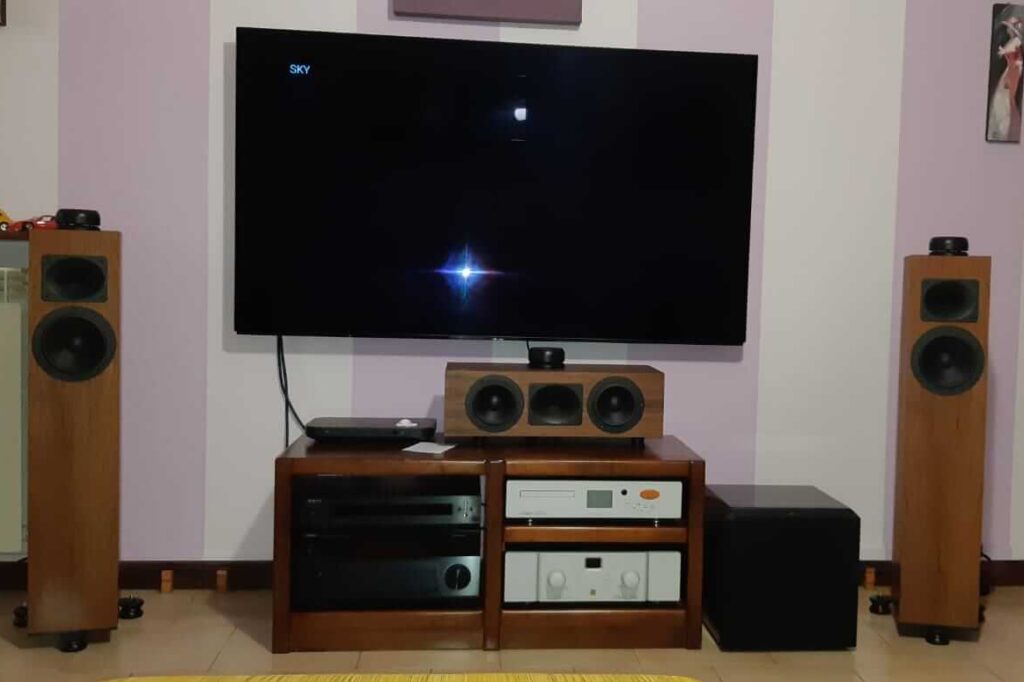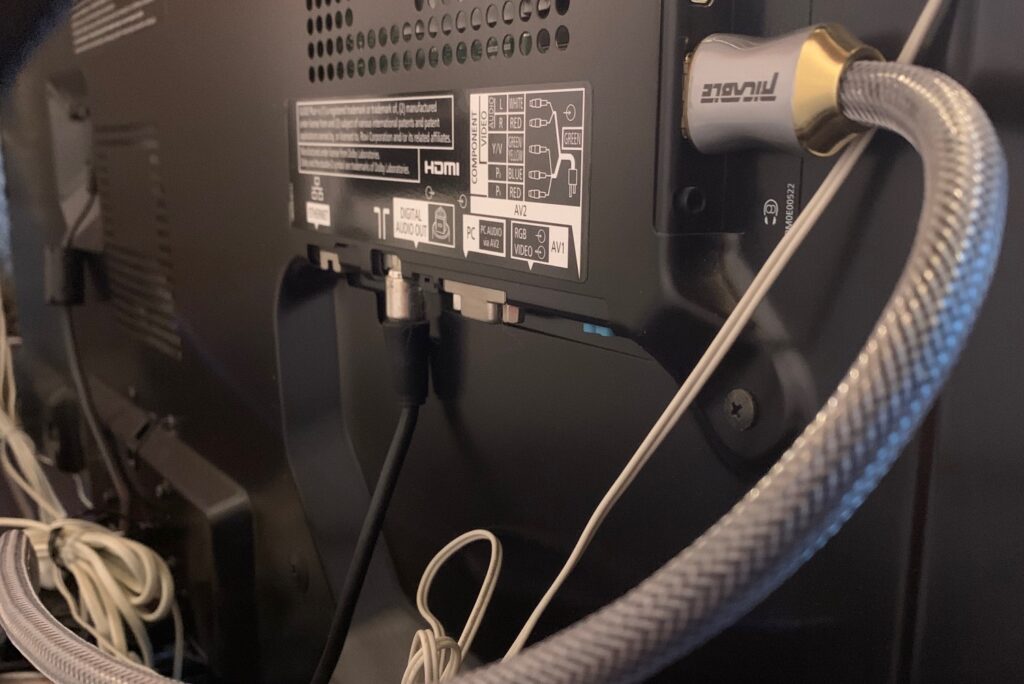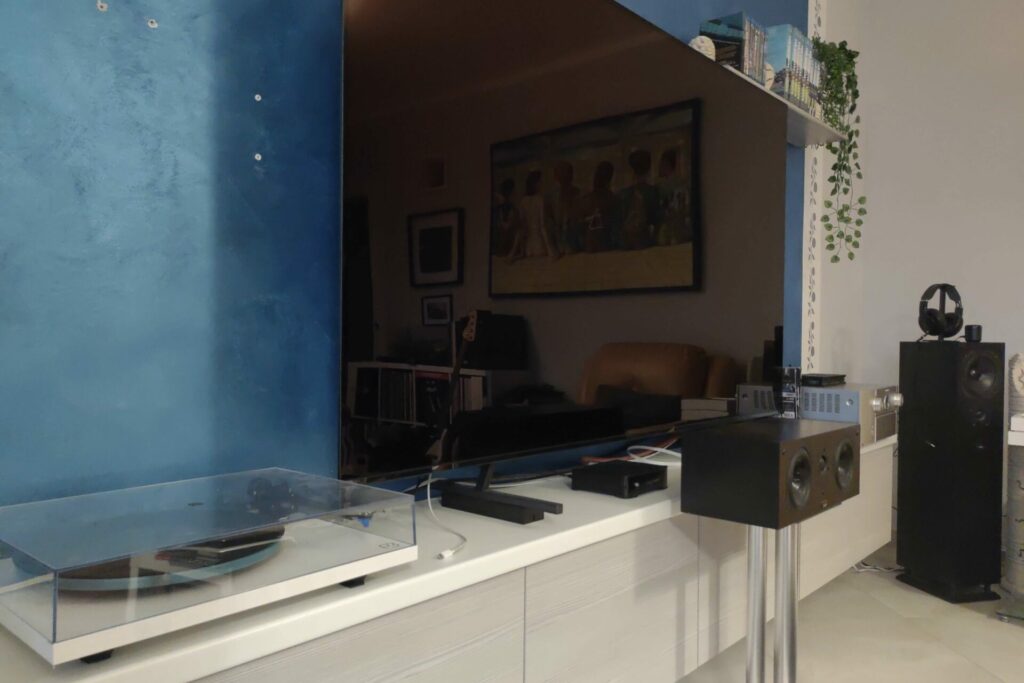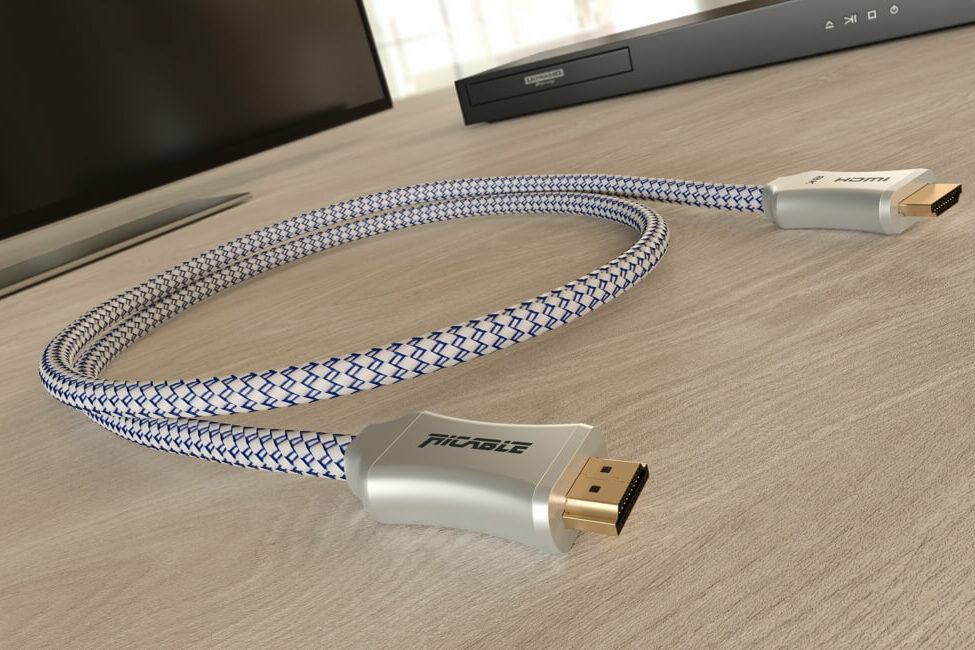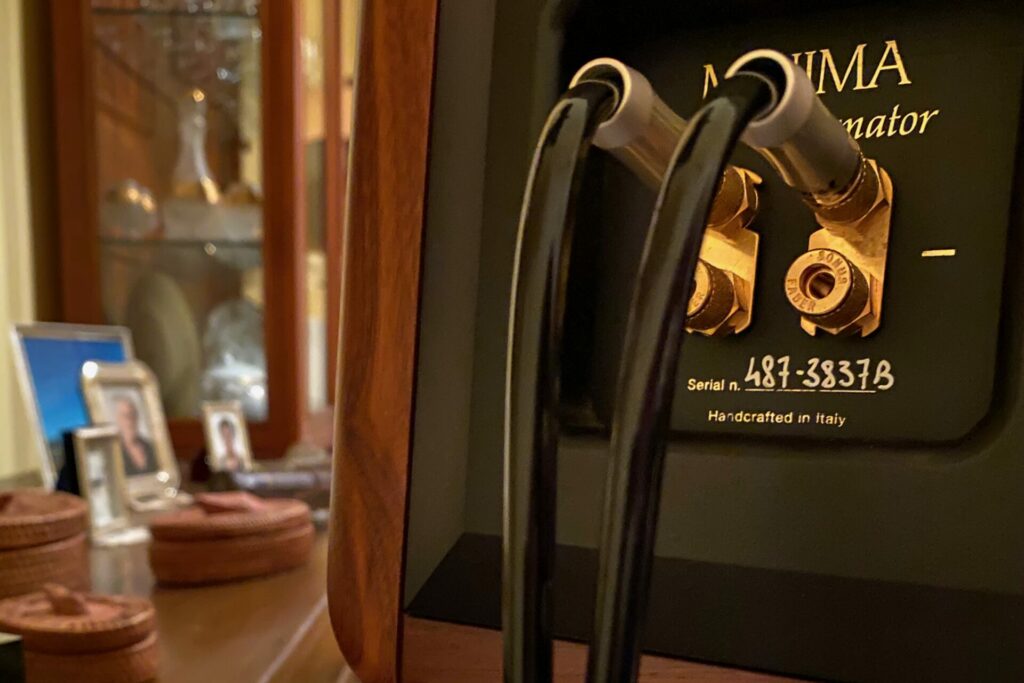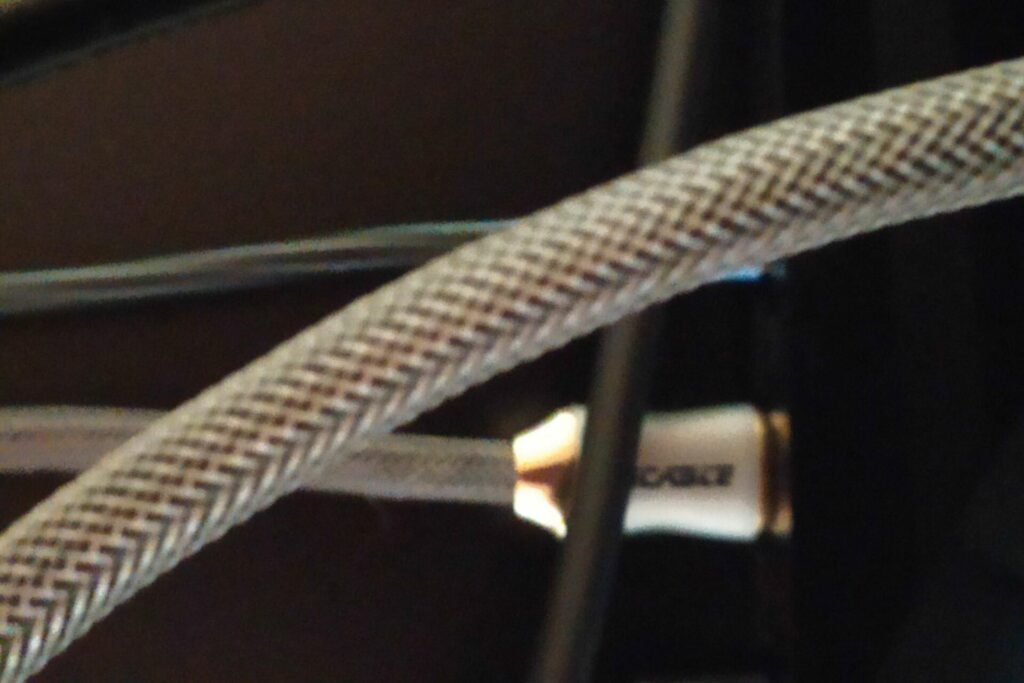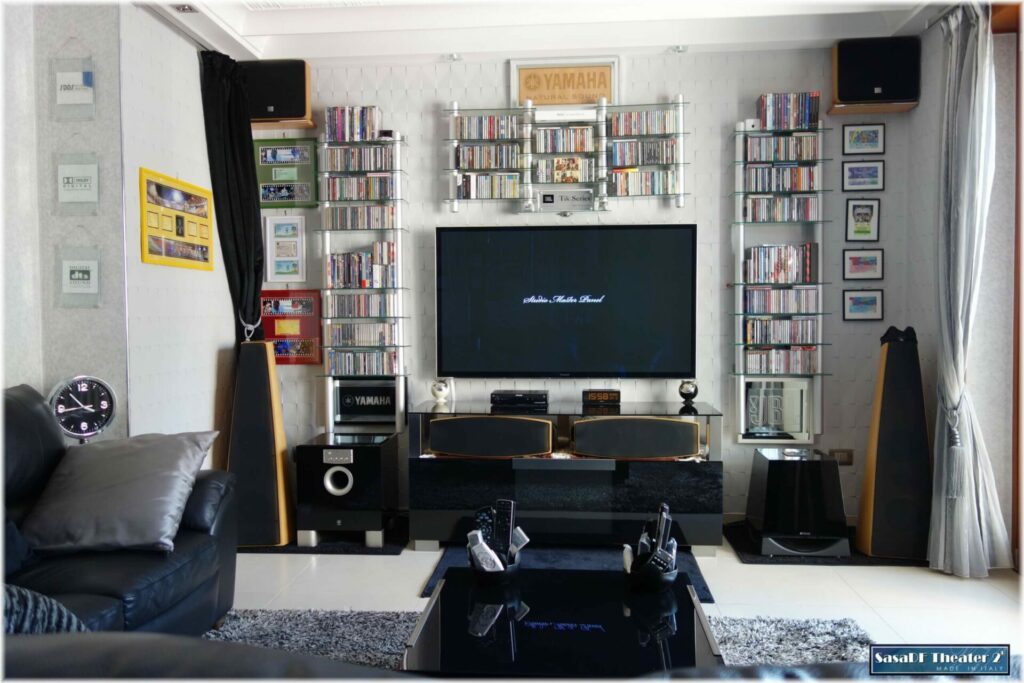In the last article published on our blog last week we wrote about new products Ricable released in late 2022. Among them, there was one that aroused perhaps more curiosity than the others: the Supreme HDMI 2.0b MKII cable. Why? Because, as we explained in the article, it is an updated version of an outdated technology: HDMI 2.0. So much so that the Ricable catalog features Visus, an HDMI 2.1 cable. So, what is the point of bringing novelties to a cable (in theory) on its way to sunset? The answer is unambiguous: I²S protocol. Indeed, numerous tests and customer feedback have shown that the Supreme cable performs particularly well when it comes to this protocol. But let's find out more about the latter together.
Network cable or HDMI cable?
Initially, the I2Sprotocol was mainly spread with cables equipped with an RJ-45 connector, the one commonly used for network cables. Later, I2Sdata transfer via HDMI cable took (and is taking) more and more hold. But is it just a matter of convenience, or is there also a technical aspect behind this choice? Based on tests conducted by some Hi-Fi electronics companies, the second answer seems to be the right one. In fact, the signal that passes through mains cables is at very low voltage. This makes the signal extremely sensitive to noise. Therefore, the ideal would be to use cables between 5 and 30 cm. Beyond this (small) size, noise and disturbances are likely to be heard. In fact, I2Swas originally designed for short connections inside the case. The HDMI I2Sconnection, on the other hand, takes advantage of the LVDS electronic digital signal, which has greater immunity to noise and can be properly carried over a longer length. Dulcis in fundo, HDMI offers a balanced connection compared to the network cable and, again compared to the latter, a very high data density connection (more than 50 Gbps).
The problem of HDMI pinout
Over the years, many have tried to implement an I2Sconnection in their electronics, each with different standards. Only recently it seems that a compromise is being reached among the manufacturers of Hi-Fi electronics, and this compromise is called HDMI itself. HDMI is indeed a convenient connection, with a definitive connective standard and a wide choice in terms of the market. There is, however, a far from minor problem to point out, and one for which general approval would be needed as soon as possible. It is the pinout.
Shown in the picture are two different HDMI pinouts for carrying the I2Ssignal (the polarities of the two channels are reversed). The point is that the manufacturers have not agreed in any way on what the standard pinout is, so as things stand, if you connect two electronics of different brands via I2S, it is possible that the HDMI connection will not work.
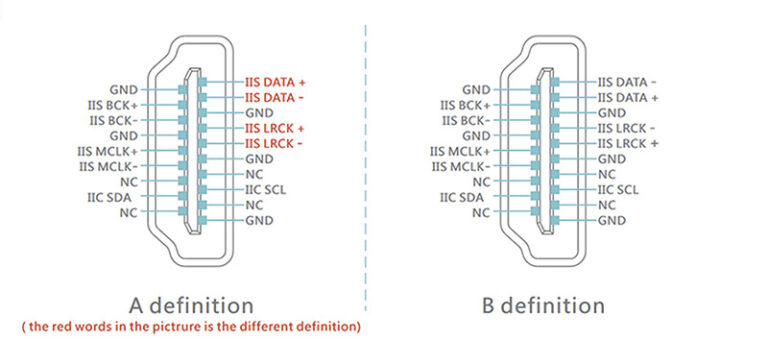
This does not happen because of some problem related to the cable or the electronics, but because of this simple (but fundamental) lack of an agreement between one manufacturer and the other. In conclusion, there is really no guarantee that this connection will work between two electronics from different manufacturers. What can we do for everything to run smoothly? There are adapters, commercially available, that can change the pinout. But an audiophile knows well how, in his own system, the fewer "middlemen" there are, the better. The solution, unique and simple at least on paper, is for manufacturers to find a standard to meet for the pinout. While waiting for that day, the advice we can give you to avoid buying an HDMI cable for the I2Sprotocol in the dark is to, trivially, connect the two electronics with an HDMI cable you already own, even a cheap one. The quality of the connection will be revisable, but by doing so at least you will be sure that the pinout of the HDMI inputs of your electronics is the same.
I²S or I²C? Let's make a distinction
The amount of acronyms that has invaded our language is sometimes really excessive. Even when it comes to high fidelity audio and video. So it may be that sometimes you happened to read I2S(Inter-IC Sound) thinking that maybe it was a typo instead of I2C(Inter-Integrated Circuit), a more common term. And it would not have been completely wrong. In fact there is a relationship between these two protocols. Both were made by Philips Semiconductors (now NXP) and both begin with "I2" because they are intended for communication between integrated circuits. However, I2Swas released after I2C. Another difference is that I2Cis a generic interface, while the I²S protocol is designed for transporting audio data. The "S" in the acronym, in fact, stands for sound.

How did the I²S protocol come about?
The I2Sprotocol was created in the 1980s, at the juncture when digital was just beginning to take hold in the consumer audio market. Specifically, the old Philips Semiconductor (which still owns it today) introduced this standard in 1986, and the first revision was made on June 5, 1996. The latest, however, is significantly more recent and dated February 17, 2022. The first version of the I2Cbus allows transmission up to 100 kB/s. In 1998 the speed was increased to 3.4 Mbit/s. The stated goal from the beginning was to facilitate the development and assembly of audio electronics through a standard interface for transmitting digital data between DACs, digital filters, processors INTERCONNECT digital and other integrated circuits. It is also inherently a two-channel protocol, since it was designed for stereophonic sound.
What the I²S protocol is for and what it consists of
I²S is a standard bus interface used to connect audio electronics together. The protocol is used to transfer PCM audio data between integrated circuits in an electronic device. The I²S bus separates clock and serial data signals, thus appearing in simpler receivers than those required for systems with asynchronous communications that need to recover the clock from the data stream. The specificity of I2Sis thus to allow a reduction of signal fluctuations in the time axis (the jitter) by separating the clock from other data. The I²S protocol thus outlines a specific type of digital PCM audio communication with parameters defined in the Philips specification.
The bus consists of at least three lines:
- Clock line
- Word selection line (word select, WS), or left right clock (left right clock, LRCLK)
- A multiplexed data line
However, it could also include the following lines:
- Master clock (typically 256 lines of LRCLK type)
- A multiplexed data line for feedback

Where I²S is used
In the audio world, I2Sis sometimes used as an external link between the CD/DVD/SACD read mechanism and a separate DAC device, but more often it is present with the same connection functionality within a player itself. In the former case it can be used as an alternative to the more common AES/EBU, TOSLINK or S/PDIF buses. However, there is no standard interconnect cable for this application. Some manufacturers simply provide three BNC connectors, an 8P8C socket or a DE-9 connector. Others such as Audio Alchemy (now bankrupt) used DIN connectors. PS Audio, Musica Pristina, and Wyred4Sound use an HDMI connector. Dutch manufacturer Van Medevoort has implemented Q-link in some of its equipment, which transfers I²S to four RCA connectors (data, MCK, LRCK, BCK). We, like Ricable, decided to go for HDMI: find out about our HDMI cable for I²S by clicking on the button below.

